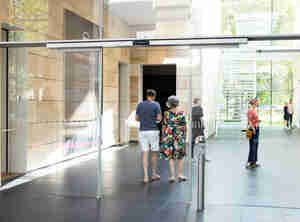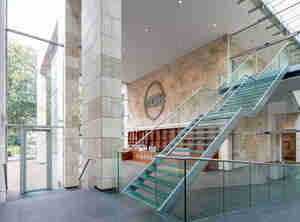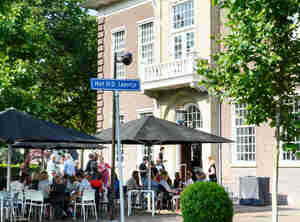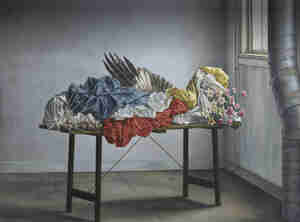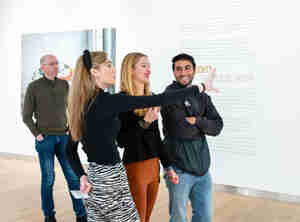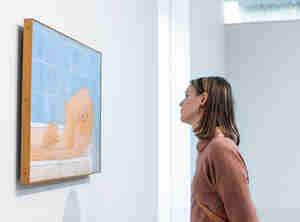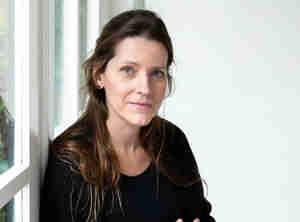- Plan your visit
- See and do
- Collection
- About us

Go back
Johannes Lodewijk Schrikkel
Betondorp, 1933
Louis Schrikkel painted this late autumn Amsterdam view from a third floor rear window. A climbing plant has draped itself over the fence like beaten rugs. The suburb shown in the picture, Betondorp (literally: ‘concrete village’), was built a decade earlier. The white (gravel) concrete walls and fl
...
at roofs reflect the latest ideas at the time. Rectangular facades and windows and diagonal sheds dominate the angular composition. In his best-known book De Avonden (‘The Evenings ’), Dutch author and fellow Betondorp resident Gerard Reve called his suburb ‘Cement neighbourhood’. He recalled his childhood memories of backyards like this in the novella Werther Nieland (1949).
Text: Chris Reinewald
From: Museum MORE: 100 jaar realisme, 2020, Gorssel
Artist
Johannes Lodewijk Schrikkel
Title
Betondorp
Year
1933
Technique
Oil on canvas
Size
59 x 49.2 cm (h x w)
Type of object
Painting
Copyright
Uknown
Copyright unknown. We have tried to trace the copyright holders. If you believe you have the copyright, please contact us.
